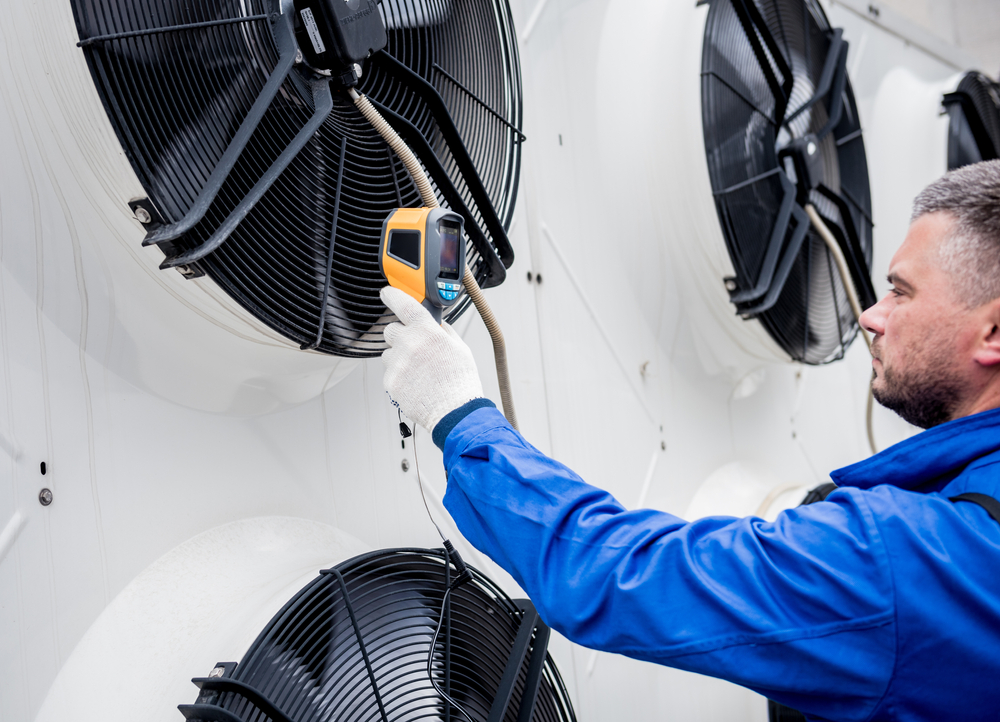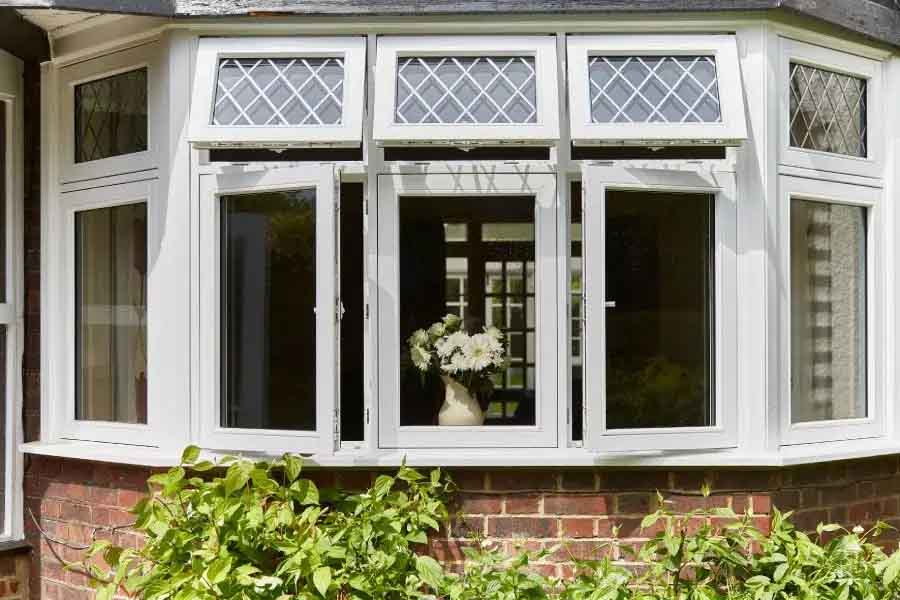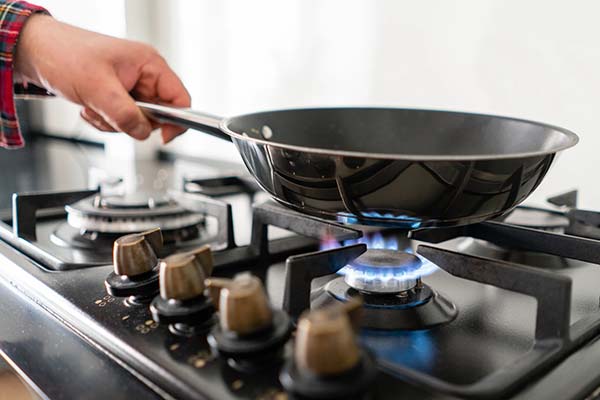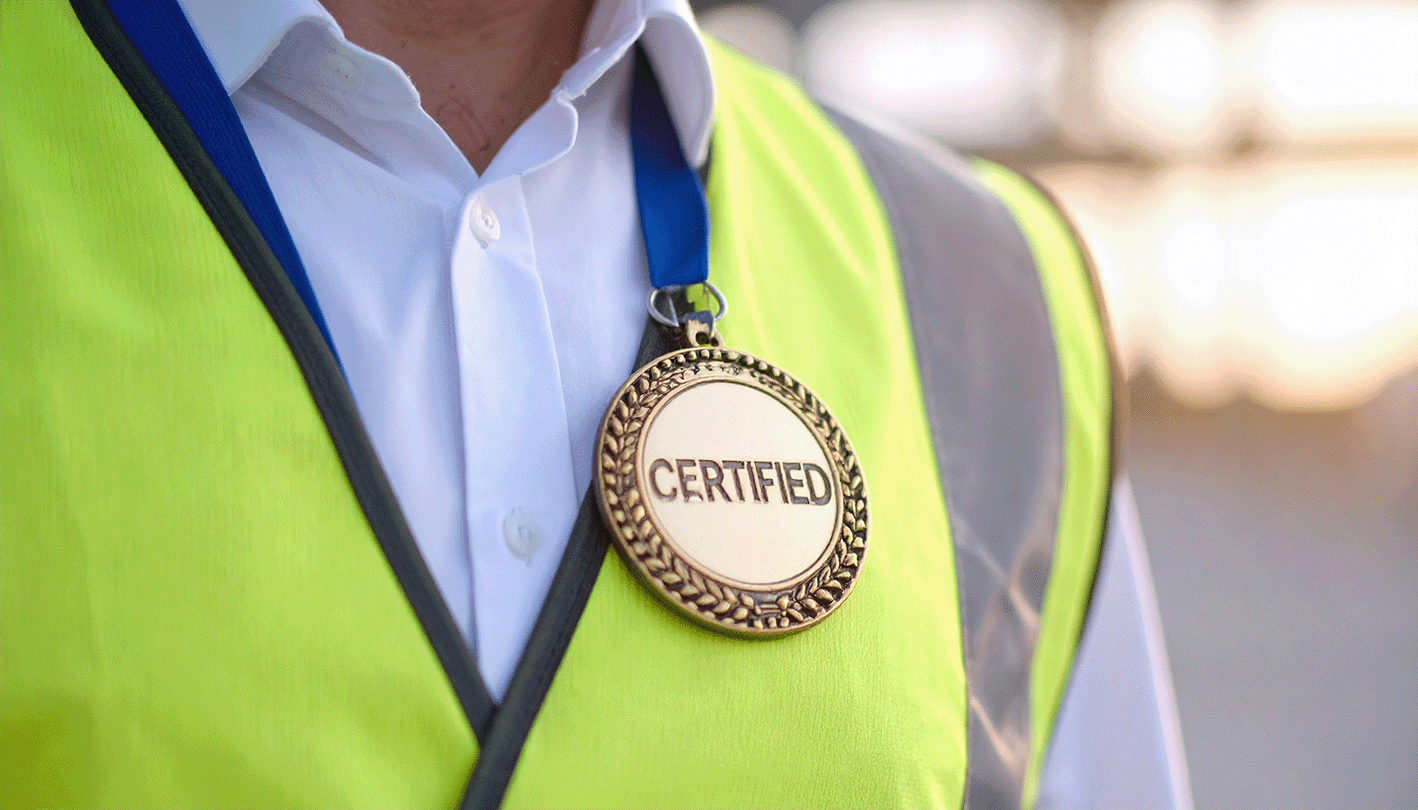12 Ways to Make your HVAC System Energy Efficient
HVAC systems can be made energy efficient through a combination of design, technology and operational practices. Energy-efficient HVAC systems are designed to provide comfort while minimising energy consumption, environmental impact and operational costs.
Here are some key factors that contribute to HVAC energy efficiency.
1. Proper Sizing
HVAC systems should be sized correctly for the space they are intended to heat or cool. Oversized systems can lead to frequent cycling on and off, which wastes energy and reduces efficiency. Undersized systems might struggle to meet the desired temperature, leading to prolonged operation and increased energy consumption.
2. Programmable Thermostats
By using programmable thermostats to adjust the temperature based on occupancy patterns, you can prevent unnecessary heating or cooling when the space is unoccupied, reducing energy consumption.
3. Zoning Systems
Zoning divides a building into different areas that can be independently controlled for heating and cooling. This ensures that energy is directed only where it's needed, avoiding the waste of conditioning unoccupied spaces. Different parts of a building will need heating or cooling as the day goes on due to solar gain (radiation from the sun that heats a building through windows and walls).
4. Regular Maintenance
Regular maintenance, including cleaning filters, coils and ductwork helps the system run efficiently. Dirty components can hinder airflow and reduce system efficiency. Ultraviolet germicidal irradiation (UVGI) systems can be fitted to cooling coils to keep them running optimally, without the need to clean them manually, saving on labour costs.
5. Sealing and Insulation
Properly sealing air leaks and adding adequate insulation to the building envelope prevent heat transfer and air infiltration, reducing the load on the HVAC system and saving on energy.
6. Advanced Controls
Smart HVAC controls, such as sensors and occupancy detectors, can adjust the temperature based on real-time conditions. It is possible for HVAC systems to learn from user preferences and historical performance and adapt accordingly.
7. Heat Recovery Systems
Heat recovery ventilation (HRV) and energy recovery ventilation (ERV) systems recover heat from exhaust air and transfer it to incoming fresh air, reducing the need for additional heating or cooling. These are difficult to retro-fit to existing air handling units (AHUs), with the only viable option being the fitment of “run-around coils”.
8. Variable Speed Motors
HVAC systems with variable speed motors can adjust their output based on demand, using less energy compared to fixed-speed systems that run at a constant rate. These are incorporated as part of an air quality determined ventilation (AQDV) system.
9. Efficient Duct Design
Properly designed and sealed ductwork ensures that conditioned air reaches its intended destination without significant losses. Entire ductwork systems can be sealed after cleaning to ensure conditioned air is not wasted in heating and cooling ceiling voids.
10. Renewable Energy Integration
Consider integrating renewable energy sources, such as solar panels or geothermal systems, to power or supplement your HVAC system. And it helps with costs. For example, solar energy is typically 80% cheaper per kWh than buying from the grid and prices do not rise along with grid energy prices.
11. Occupant Behaviour
Educate occupants about energy-efficient practices, like keeping windows and doors closed when the HVAC system is running and using blinds to manage solar heat gain. Simply getting your building certified as sustainable can change behaviours too. Occupants of green certified buildings, such as BREEAM, tend to instinctively follow practices to save energy.
12. Building Design
During the initial building design phase, incorporate passive design strategies such as natural ventilation, shading and thermal mass to reduce the need for active HVAC systems. Avoid large areas of glazing, insulate well, seal potential air leaks, place vents so they won’t be blocked.
By implementing a combination of these strategies, HVAC systems can achieve higher levels of energy efficiency, resulting in lower energy bills, reduced greenhouse gas emissions and increased overall sustainability.
To learn more, get in touch and one of our team will answer any questions about improving energy efficiency for your HVAC system.






